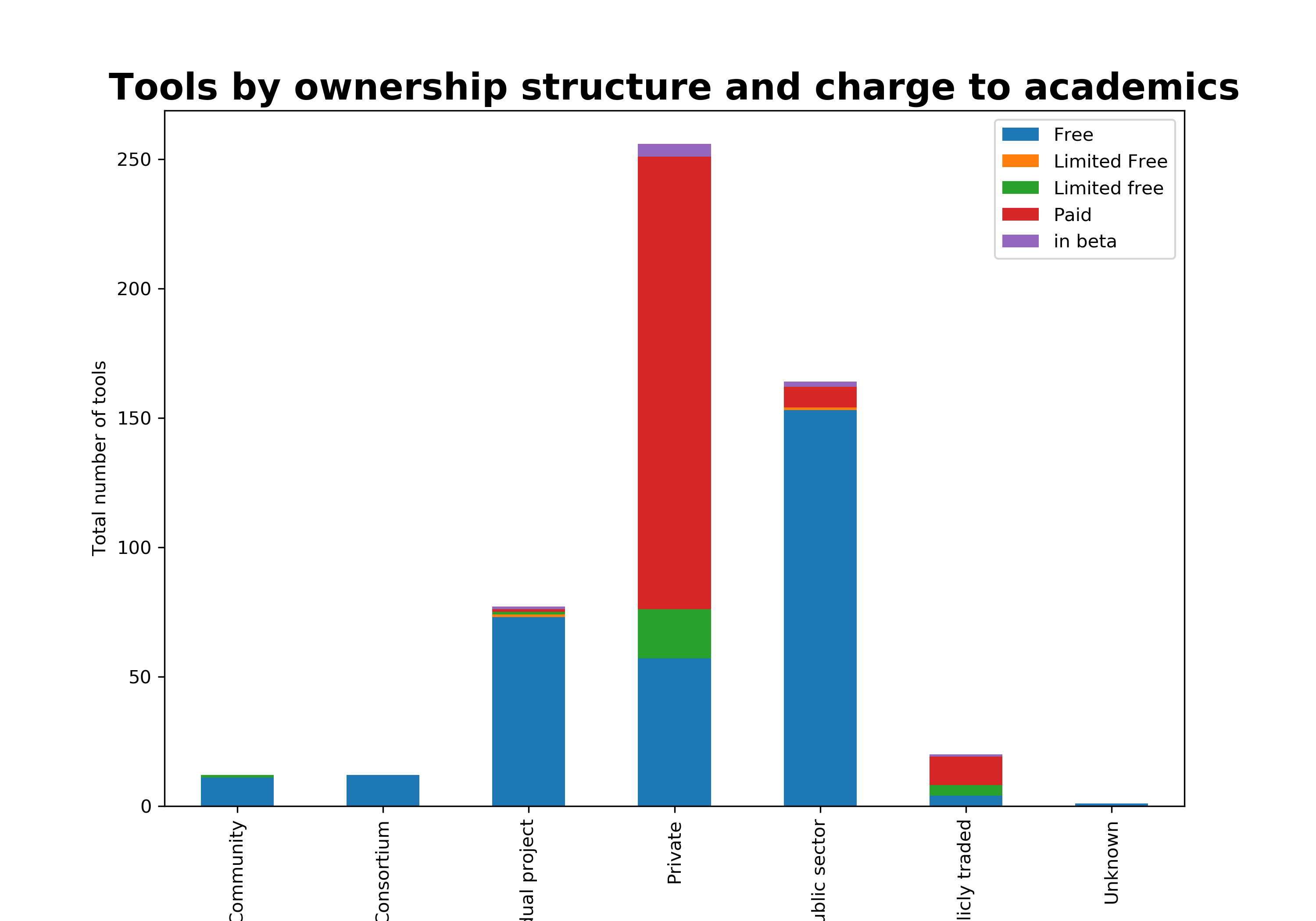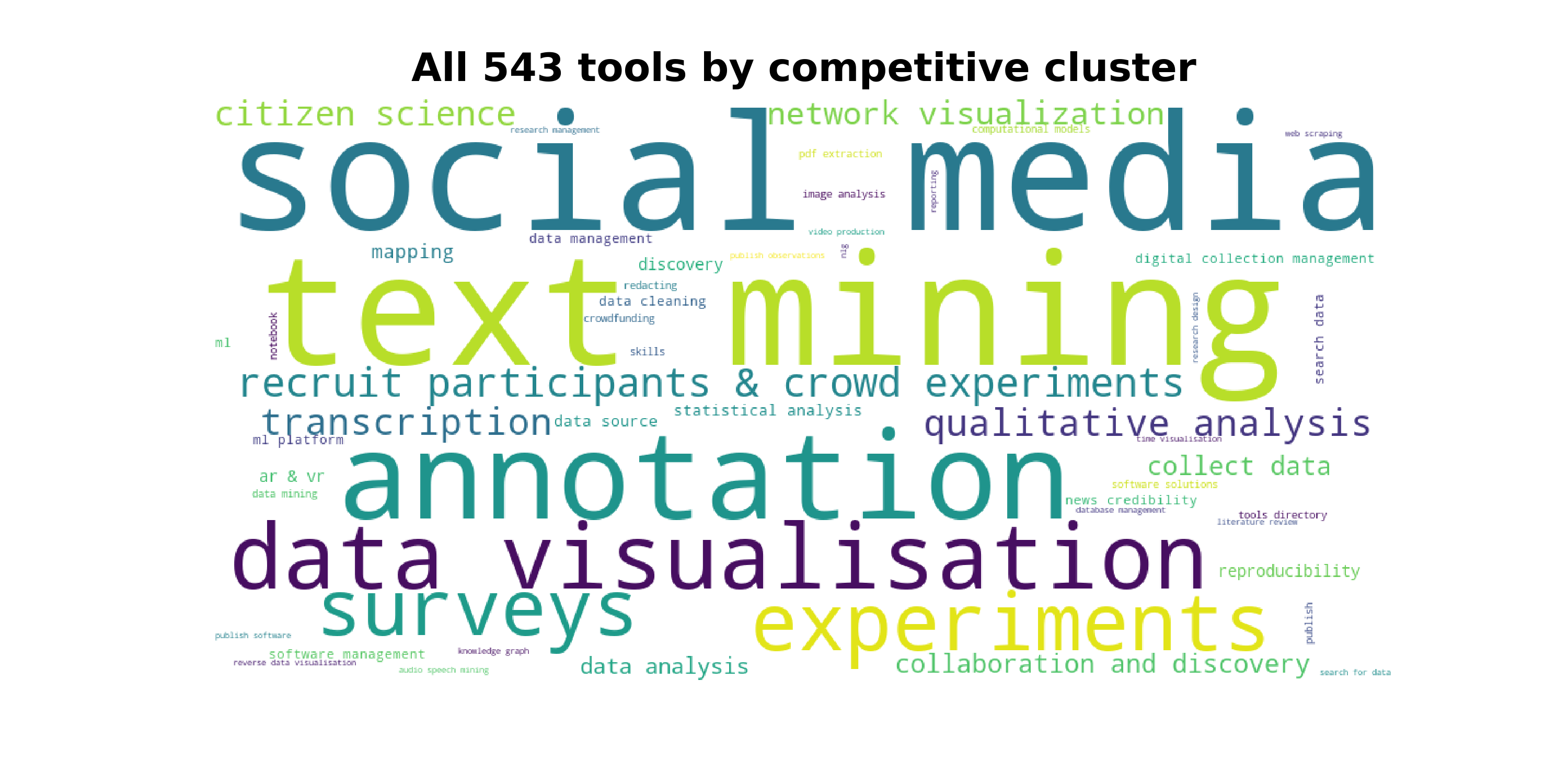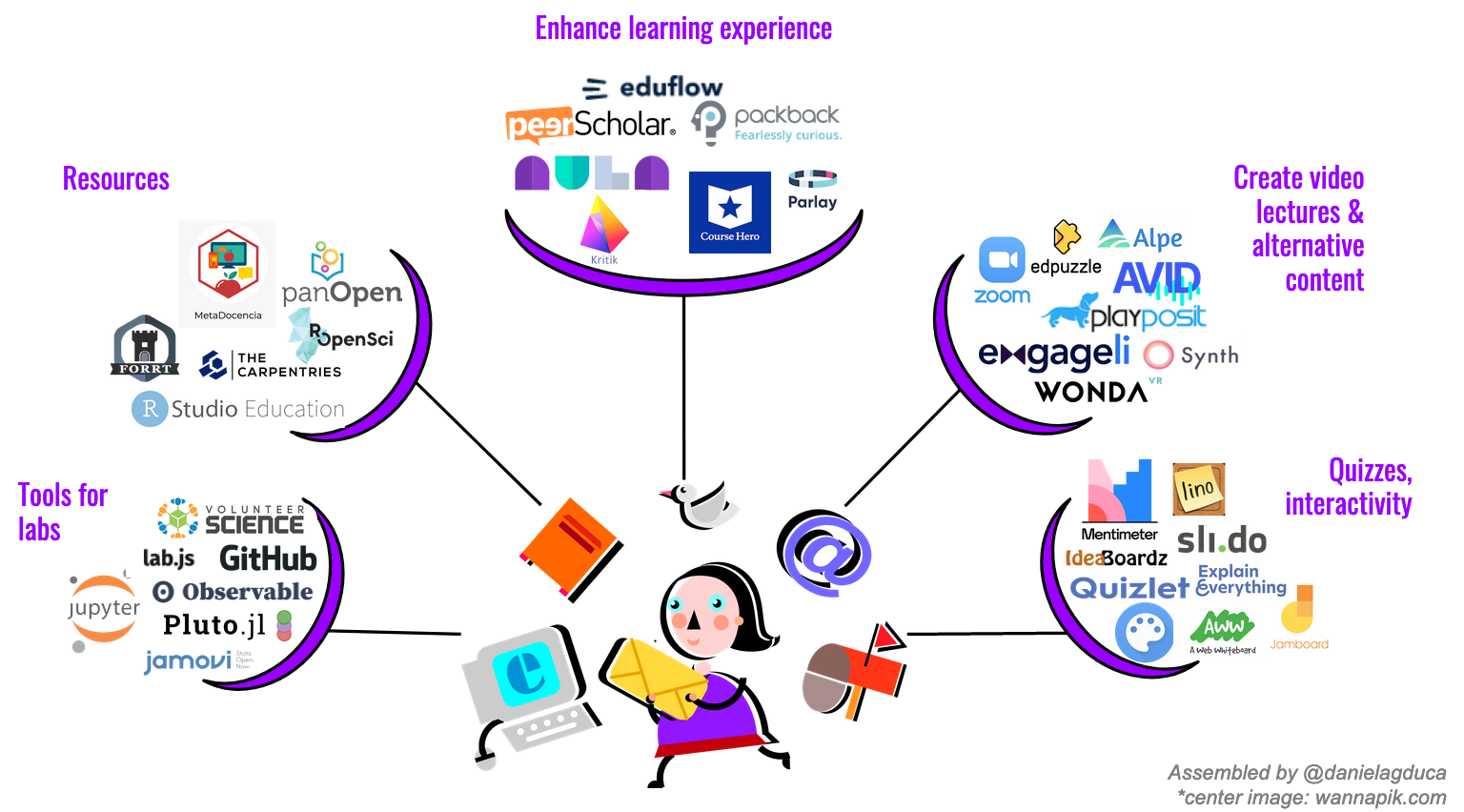How to find and use academic research if you don’t have access
Perhaps because I work for an academic publisher, but whenever I meet a founder, or a product manager, they always ask me what’s the latest academic research for their particular problem space and where or how they can find it. I get quite excited because, for me, this is the ultimate evidence of the benefits of open science, or the global push to make all publicly funded academic research freely available to all. But having all this research available does not mean it is easily discoverable and accessible. People, like my founder and product manager friends, have to figure out how to find this research, understand it and make proper use of the results for their own work. And I’ve got good news, there are loads of tools already to help you get closer to some useful insights!
In this post, I will share my tactics and the apps I use.
1. To get started
Without a doubt, the first stop is Google and Google Scholar. These are good for getting a quick look into a topic and check the few and somewhat relevant articles on page 1. However, the results never convince me, and I take these with large pinches of salt. There are too many duplicates and too few options to dig into the huge list much further. You can get an idea of the volume of research (although almost never useful), and filter by date. Other than that, you can browse the pages and manually collect some of the papers that spark your interest (based on title and citation). I’ve used the metadata on Google Scholar for papers I’ve previously identified as important, but only as my optimistic measure of impact. In my experience the citation figures on Google Scholar are the most generous.
Some alternatives:
1findr
I use a free service from 1science for really high level numbers and volumes out of a collection of 120 million articles. A few months ago, I was working on a presentation about social science research, and wanted to come up with some estimates on the number of ongoing projects and active academics. I thought I’d start with the volume of papers published per year and see how that figure changed over time. After a few trials, I found this free search tool to work best. I could filter down by disciplines and immediately get a growth over the last 50 years. To further see how many of these mention specific tools I was investigating, i just filtered by keyword. Really brilliant!
Microsoft Academic
Microsoft Academic has a collection of more than 200 million publications (books, papers and patents) and allows a more complex search in contrast to Google Scholar. Beside the fact that it’s always really slow on my wifi, I do like the way the results are organized. It’s perfect for starting on a new subject. Almost always you get the best results on influential authors, institutions and conferences. My absolute wish list for this results page would be to see a few more numbers. For example, I want to know the estimated volumes: how many papers on this or that parent/child topic, or from this or that academic, or this or that institution. They have graphics but without any numbers and you have to (extra) click into each. Also, I don’t need to see the topics twice, on the left and on the right, but I do want to get an idea of disciplines these papers are coming from. Image for post Image for post
Semantic Scholar
Semantic scholar is by far my current favorite and where I spend most of my research time. I have used it prolifically, even though it has yet to grow its coverage in the social sciences and humanities (anecdotal and personal view). Launched by Allen Institute for AI, semantic scholar is constantly machine reading, extracting useful info and mapping over 170 million academic papers into (what I think is) a knowledge graph. Their algorithms are pretty sweet imho: the results pages never dissapoint. I use semantic scholar in 3 ways:
- I collect the volumes of academic work on my topic of interest, and more specifically, I look at individual papers citation breakdown — papers citing methods or results. Best thing, you can filter for results with full paper.
- I explore the authors, because it helps me understand who has influenced whom.
- And I dig into the slides section!
IRIS.ai
IRIS is another service based on some clever topic modelling algorithms, although it is most useful when you already have a paper to start with. The tool machine reads more than 130 million open access papers, and once you feed it an article, it would break it down by topic or theme and you pull in relevan papers for each of these in a map or easy to explore visual. It’s coverage is better for STEM, but I can always get some interesting insights for my own research.
AcademicLabs
Academic Labs is great for finding labs and research groups that are working on specific areas. I’ve got more on matchmaking tools and how to look for academics to collaborate with, especially if you are a non-academic, in this blog.
What none of these platforms have, and I think it’s a big miss both for academics and non-academics, are the books and content that is not peer reviewed. I know science journalists and my entrepreneur or product manager friends would always want to find that opinion piece, article, blog or non-fiction book that cites this research. To do this, I would either look at the personal pages of the academics and see if they have a ‘media’ section, or look for the Altmetric score (some publishers have this) and click into the different social media icons. It is a work-around. I have big hopes for QUEST.
2. To find a very specific method, application or result
This summer, for one of our projects at SAGE Ocean, we explored causal inference, and specifically a relatively new method called convergent cross mapping, which builds upon a few well-known causal theories. My goal was to get an idea of its uptake in the social sciences. I wanted to look for the ‘turning point’ paper, or the paper where the method is fully described and supposedly, the one cited in any research that applies it. After I’d used all the different platforms I mentioned earlier to drill down into the subject of causal inference, and convergent cross-mapping, I found a few papers that seemed to fully apply this technique. Next I read the abstract to understand which one is the ‘turning point’ paper. Their abstracts would talk about using the method, and I presumed that a peak at the ‘background’ section would give me some information about the previously done work and specifically who developed convergent cross mapping, or where it was best applied. So I needed the full paper.
3. When I get to an article that I really want to read but that’s behind a paywall, I normally go for these alternatives:
- Use the unpaywall plugin — this searches through a database of open access papers and pre-prints to find a free and full-text version
- Use the Open Access Button — you can paste the link, title, or DOI of the paper and, again, this searches through a database of available full-text papers to find a freely available one; this is an ‘ethical’ alternative to sci-hub
- If I cannot find anything, I will search for the authors, reach out to them and ask for a version of the paper that they could share, and appreciate especially if they have some slides or a blog that explains with less jargon their key findings and methodology. Academics are amazing!
It didn’t take me more than one hour to find that ‘turning point’ paper — Sugihara, George; et al. (26 October 2012). “Detecting Causality in Complex Ecosystems” (PDF). Science. 338 (6106): 496–500. doi:10.1126/science.1227079. PMID 22997134.
But my work was not done. This paper is published and categorized as environmental sciences. I still wanted to understand the uptake of convergent cross mapping in social sciences. This is when I turned to my favorite semantic scholar. I found the paper, and filtered the citations to just those that cite the method. Unfortunately, there was no easy way to figure out which papers were in the social sciences, so I had to literally read through the titles and journals and make a judgement on the discipline. Out of more than 300, I found 5. It was a long afternoon.
If you do have access though, what took me more than 1 hour can be done in 3 minutes with Web of Science, just click on ‘analyze results’ in the right-hand corner, and you get a visual with numbers by discipline.
More alternatives and how to keep up to date with latest research
To keep up to date with a specific subject or area of research, you can set up alerts and follow the academics that are considered influential on the subject. Both of these are possibly on all the platforms: Google Scholar, Microsoft Academic, Semantic Scholar… And now there are even more alternatives:
- Sparrho is like pinterest but for academic papers.
- Meta, although it only focuses on biomedical science for now; and actually, in my opinion a better way to explore your biomed questions (and the literature) is sci.ai (beta) or causaly (paid).
- Morressier is great for latest research presented at conferences.
- OOIR is a must for the social and political science enthusiasts, it’s all the latest and trending papers. For pre-prints (papers not yet peer-reviewed and published, with full text available) in social sciences, use SocArXiv.
- MyScienceWork is similar to many of the search tools, and does allow for filtering full-text; they also have add-on and paid solutions.
- Papers with code is an excellent web tool for all those looking into the data science and/or computational science space; along with arXiv of course. And if you are already a prolific user of arXiv, then get the Librarian extension to explore and find all the cited full papers.
- If you are a researcher (even if not in academia), you can always use and explore Loop.
- I recently had a demo from SCI-BRAIN (paid), it’s fabulous if you’re interested in the influential academics, although they have yet to add sources beyond arXiv.
I am sure there are loads more, and if you know or use any other exploration and discovery tools, do share!




